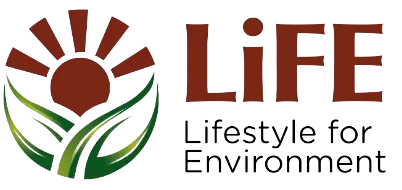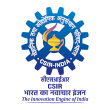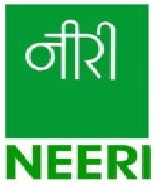Development and Promotion of Non-POPs Alternatives to DDT





Stockholm Convention is a global treaty that aimed to protect human health and the environment from chemicals, known as Persistent Organic Pollutants (POPs) as they are toxic, resistant to degradation, can bioaccumulate, have the ability to migrate long distances from their original source and accumulate in terrestrial and aquatic ecosystems.'India became a party to the stackholm convention in 2006 and the ministry of environment, forest and climate change is the nodel ministry for the convention'. India has committed to fulfilling its obligations under the Convention, prepared its National Implementation Plan (NIP) and submitted it to the Secretariat of the Stockholm Convention on 21 April 2011. India assured in the NIP, that the development and promotion of non-POPs alternatives to DDT is one of the top priorities that require immediate action. Accordingly, the project entitled "Development and promotion of non-POPs alternatives to DDT" was jointly developed by United Nations Environment Programme (UNEP) and United Nations Industrial Development Organization (UNIDO). The project was approved by Global Environmental Facility (GEF) in April 2015 with two GEF implementing agencies i.e., United Nations Industrial Development Organization (UNIDO) and the United Nations Environment Programme (UNEP), which are responsible for supporting delivery of specific project components. Following are the major project components to be implemented under the project:
For components I and IV, MoEFCC has nominated Central Pollution Control Board (CPCB) as a national Executing Agency to look after a partial execution of the project. As per the project document, the UNEP Law Division will execute the other part. The components of UNEP prescribe broadly Legislative framework and development, and pilot application of a set of Guidelines for Integrated Vector and Pest Management. UNIDO is working on the development of non-POPs alternatives to DDT viz. Long-Lasting Insecticidal Nets (LLIN), Neem based insecticides, Bti based pesticides under its two components.
IVPM is a tool for managing vector populations to reduce or interrupt transmission of disease. IVPM is a way forward to improve cost-effectiveness, ecological soundness and sustainability of disease vector control. It emphasizes that the insecticides used in the programme must have negligible adverse human health effects, be effective against the target species, have minimal effect on non-target species and natural environment and their use must take into account the need to prevent the development of resistance. Key stakeholders involved in the project are the three Ministries viz. Ministry of Environment, Forests and Climate Change (MoEFCC), Ministry of Chemicals and Fertilizers (MoCF), and Ministry of Health and Family Welfare (MoHF&W) whose mandates and roles are given below:
National Environmental Engineering Research Institute (NEERI), Nagpur is a constituent of Council of Scientific & Industrial Research (CSIR), New Delhi and has a nationwide presence with its five zonal laboratories at Chennai, Delhi, Hyderabad, Kolkata and Mumbai. NEERI is engaged in the research and development of better and scientific solid waste management practices, for more than four decades. It has research and development thrust areas viz. Environmental Health and Environmental Impact & Risk Assessment, etc. As CSIR-NEERI is endorsed as a Stockholm Convention Regional Centre (SCRC) on Persistent Organic Pollutants (POPs), it has been identified for implementing the components IV and V of the project. Accordingly, CPCB, the executing agency (EA) sub-contracted the project to the CSIR-NEERI, Nagpur.